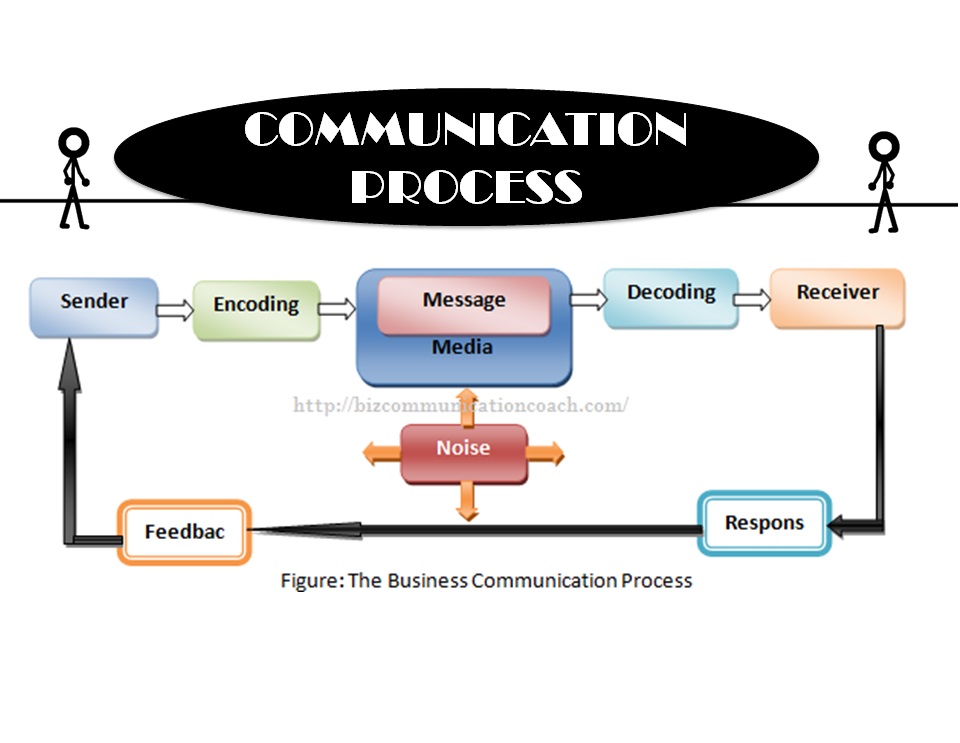

It creates ripples through time, like a stone slung in a peaceful lake. Communication does not stop after a thought or idea is expressed or a sentence or a word is uttered. The process of communication is a long one. We decode any message by our own mechanisms, thoughts, memories and create our own meaning. Even if the word ‘beautiful’ has one meaning in all the dictionaries, globally, it would undoubtedly mean something different to different people. While growing up, we also build the ability to decode various messages. For instance, a nine-year-old may not understand the point of Harari’s book. No matter how well the message is crafted (or encoded), it will fail to make an impact if the receiver does not possess the tools to decode the message.
#6 KEY ELEMENTS OF COMMUNICATION MOVIE#
You are a receiver when you watch a movie, and a sender when you tell your friends how the movie was. We take turns between being a sender and being a receiver. The receiver gathers the information presented or broadcasted by the sender and begins to understand it. The receiver is a crucial part of this process. Whenever a sender writes, or says or sings or expresses anything, it’s meant to be read, or experienced. The process of communication is incomplete without a receiver to ‘lend an ear’. It’s imperative to consider the medium used for information transmission while encoding the message or it fails to reach the audience effectively. This screen that you’re reading this article on, the newspaper that slides in every morning through your door, the television you watch your favorite movies on are all mediums. In order to better explain the process of communication, one has to pay close attention to one crucial wheel of this cycle, which is the medium. Always remember that for communication to be successful, it is important that the listener or reader understands the message.

The nature of the message can change depending on the medium you use and the audience for which it is meant. For example, Ruskin Bond writes clean and short sentences that invoke visuals to instill wonder among his readers, children.Ī message is formed after the sender decides what she wants to put forth and how she wants to convey it. To make encoding easier, it is imperative to know who is the receiver. Selecting the right words, associated symbols in verbal communication or gestures, tones and sounds in nonverbal communication are ways of encoding a thought. For example, a writer begins with an idea and transforms it into a book.Įncoding is the step in the process of communication where the sender decides how she wants to convey her thoughts. The sender needs to gather the required information and relevant ideas in order to communicate. The sender manages her thoughts, seeks clarity and decides what exactly she wants to put forth. The sender starts the communication cycle by deciding to convey her thoughts and chooses the format to use. This is the entity that will use the means of communication to share her thoughts. The process of communication starts with the sender. There are seven important elements of the communication process. Recall any conversation you have had in your life-be it enquiring about a brand new computer your friend just bought or your relatives asking you about your examinations-and you will find that it follows this process. The receiver gives the feedback in the form of a message or appropriate signal in the given time frame to continue the communication cycle. The communication process starts with the formation of ideas by the sender, who then transmits the message through a channel or medium to the receiver. Here, we will be explaining the communication cycle and its components. You may be an acclaimed artist, programmer, engineer, or business person and excel in your field, but if you can’t communicate effectively, you won’t be able to thrive. Language was developed as a means of surviving and thriving and that is true even in present times. Thanks to communication, we are now able to do many things that were unimaginable to our cave-dwelling ancestors. Author and professor Yuval Noah Harari in his book, Sapiens: A Brief History of Humankind, laid emphasis on the importance of language in making humans “the smartest animals” on this planet. Our ability to assign values to sounds, signs, and symbols makes us different from all other animals on earth. Talking and even listening are all methods of communication. What is a communication cycle exactly? It basically involves the conveying and receiving of messages between two individuals or entities in an easy-to-understand format.


 0 kommentar(er)
0 kommentar(er)
